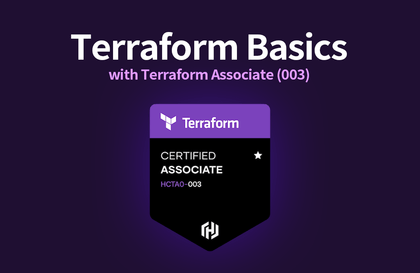
Learn Terraform Basics with the Terraform Associate Exam
JeongSuk Lee
Learn the theory and practice of Terraform based on the HashiCorp Certified: Terraform Associate (003) exam content.
초급
Terraform
Learn the process of converting an existing legacy monolithic system to a microservice architecture through hands-on training. You will also receive code reviews from knowledge sharers up to two times!
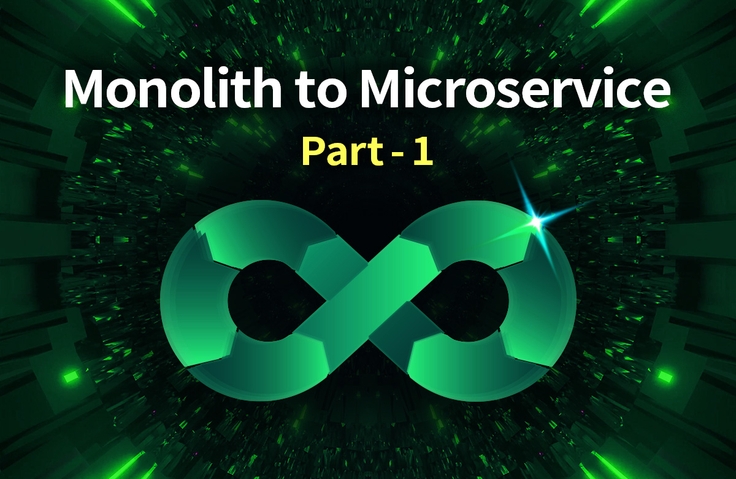
Microservice Development
Stragler Fig Pattern
Practice converting existing systems to microservices
Try it yourself with a mini project
MSA Migration for DevOps.

Let's use the Strangler Fig Pattern to safely and gradually migrate an existing legacy monolithic system to a microservices architecture.
This course is the first in the "DevOps Essentials: Project Set" series. What development methods should we use when migrating from a monolithic system to microservices? And what DevOps-related technologies should we apply? The Strangler Fig Pattern is essential for this process.
• • •
This lecture will walk you through the process of decomposing a Java and Spring Boot-based monolithic system using Spring, Python, and Node.js. Additionally, it will cover the use of the necessary stubbing framework (Mountebank), Feature Toggle (FlipT), API Gateway (Spring Cloud Gateway), and Full-Stack Application Telemetry (Jaeger).
Additionally, you will learn about unit testing and mocking based on Java, Node.js, and Python, and learn coverage test analysis methods for each language.
1️⃣
Recognize the part you want to migrate
2️⃣
Implement the corresponding part within the new microservice
3️⃣
Consider patterns to provide flexibility in system migration.
(e.g. Parallel Run)
Case 1: When should you transition to microservices?
We'll tell you the criteria and preparatory steps to consider when implementing microservices in your organization or project .
Case 2 I want to do TDD using unit testing in Java / Python / Node.js, but how should I mock each function?
By presenting and explaining unit tests in Java, Python & Node.js , we will provide a foundation for you to start practicing TDD in practice with copy & paste .
Case 3 Is it possible to experience an environment based on another programming language in a way similar to real-world situations?
We'll walk you through the entire process of decomposing from a monolith to microservices . We'll also provide up to two code reviews for your code.
Case 4: What technologies are needed to transition to microservices?
We will introduce and practice not only the programming techniques used when transitioning to microservices, but also the techniques that can facilitate smooth operation .
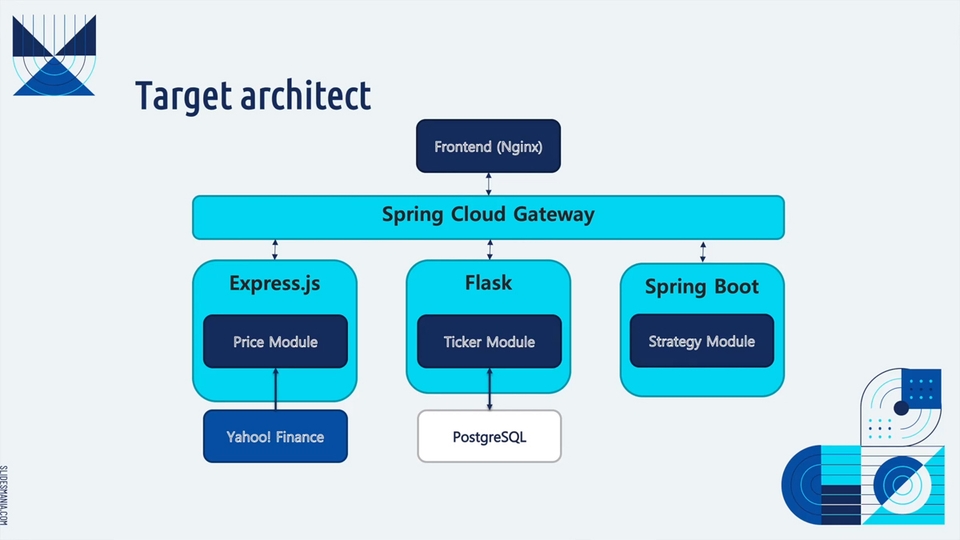
You can draw one flow
The class will be conducted in a format where you will set up a scenario for a mini-project and demonstrate the entire process of solving it.
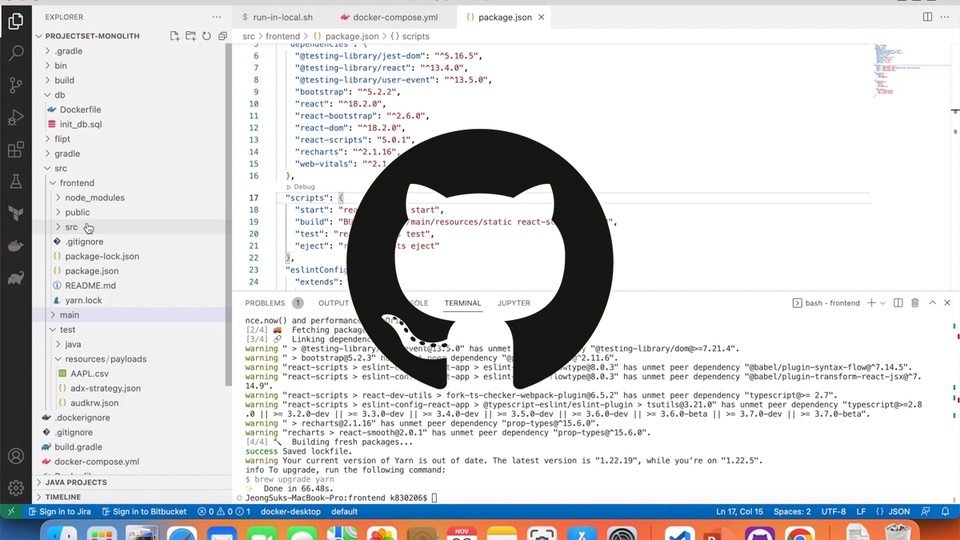
Helps to understand clearly
The results of each chapter are provided in a Github repository, and the process of deriving them is explained in as much detail as possible.
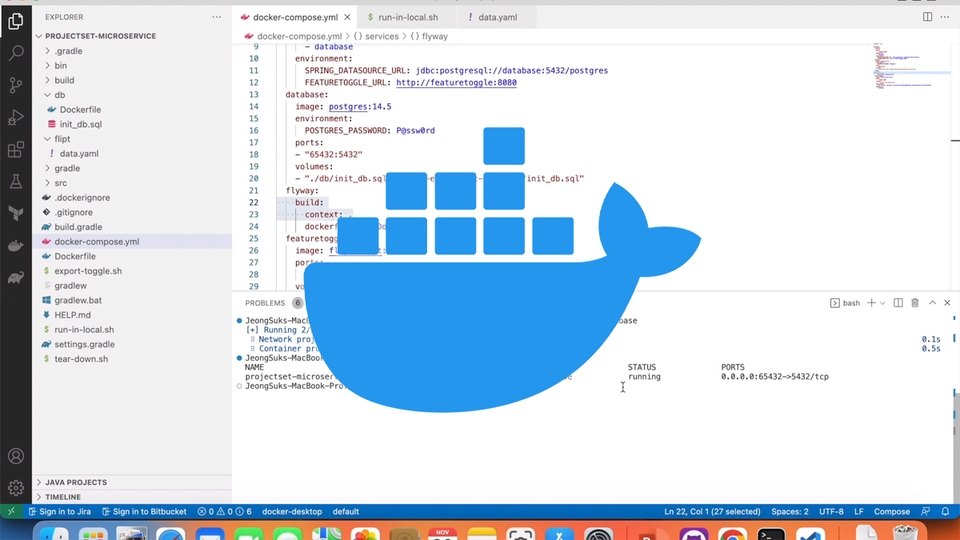
Think about the reasons and principles
We present the rationale for why certain technologies and theories should be adopted. We also explain how to implement them as containers using Docker.
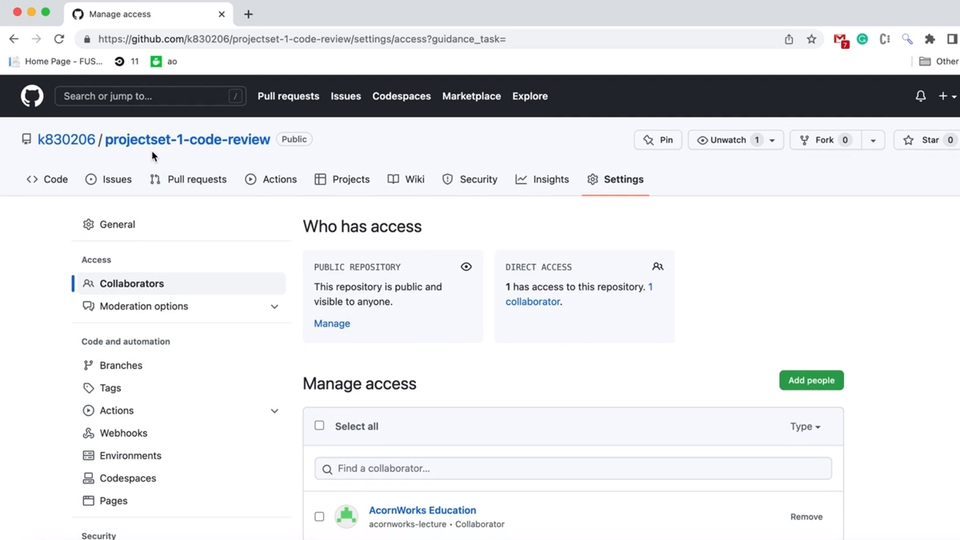
We provide code reviews
You can receive code reviews for your code up to two times.
1. What is the Strangler Fig Pattern?
2. Monolith Architect - Project Set Introduction to Monolith Architect
3. Migration implementation - Monolith side: Preparing for service separation using FlipT
4. Microservice - Ticker service with Python
5. Microservice - Price service with Node.js
6. Microservice - Strategy service with Java
7. Endpoint integration with Spring Cloud Gateway
8. Wrap Up
I'm a digital nomad IT engineer with approximately 15 years of experience as a full-stack developer and DevOps engineer/consultant in Korea, Australia, and the UK. I'm constantly learning new topics to optimize IT organizational operations , and I dream of remaining an engineer until I retire. Currently, I work as a DevOps engineer on the Developer Experience team at a bank in Melbourne, Australia.
Q. I don't have any practical DevOps experience . Can I still take the course?
This course is designed for beginners, so anyone with basic coding knowledge can take it. For more information, please see the [Prerequisites] section below.
Q. Do I have to take the " DevOps Essentials " course to take this course?
Although you will understand this lecture better if you take the "DevOps Essentials" lecture, you can take this lecture without taking that lecture. There is a part that summarizes the relevant parts of the "DevOps Essentials" lecture that are necessary for taking this lecture.
Q. Why do you provide code reviews up to two times?
Code reviews are conducted on the assumption that the content included in a Pull Request has been implemented to a workable level. Accordingly, when a knowledge sharer reviews the code requested by a student and provides feedback, we provide up to two code reviews to ensure that any changes based on feedback are appropriate.
💾 Please check before taking the class !
Who is this course right for?
People who have never separated an existing system into microservices
Anyone who needs hands-on experience building microservices
Anyone who is curious about how to write unit test code for Java/Node/Python
Need to know before starting?
You must be able to use at least one programming language.
432
Learners
16
Reviews
7
Answers
3.9
Rating
7
Courses
한국/호주/영국에서 Full-stack developer, DevOps Engineer/Consultant로 15년 정도 일을 하고 있는 Digital Nomad IT Engineer 입니다. IT 조직 운영의 최적화를 위해 끊임 없이 새로운 주제에 대해서 공부를 하고 있으며, 은퇴할 때까지 Engineer로 생활하고 싶다는 꿈을 가지고 있습니다. 현재는 호주 Melbourne에 있는 한 은행의 Developer Experience 팀에서 DevOps로 활동하고 있습니다.
All
9 lectures ∙ (5hr 21min)
All
1 reviews
5.0
1 reviews
Reviews 6
∙
Average Rating 5.0
5
I was very impressed by the BFF process of learning the process of tearing down multiple microservices controlled by Feature Flags and organizing the Gateway through refactoring. In particular, I had considered comparing Spring Cloud Gateway with AWS ALB or Amazon API Gateway, and it was a lecture that exceeded my expectations because I was able to organize the aspects of leadership and management for operational development :) Thank you.
Limited time deal ends in 6 days
$115,500.00
30%
$127.60
Check out other courses by the instructor!
Explore other courses in the same field!